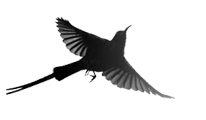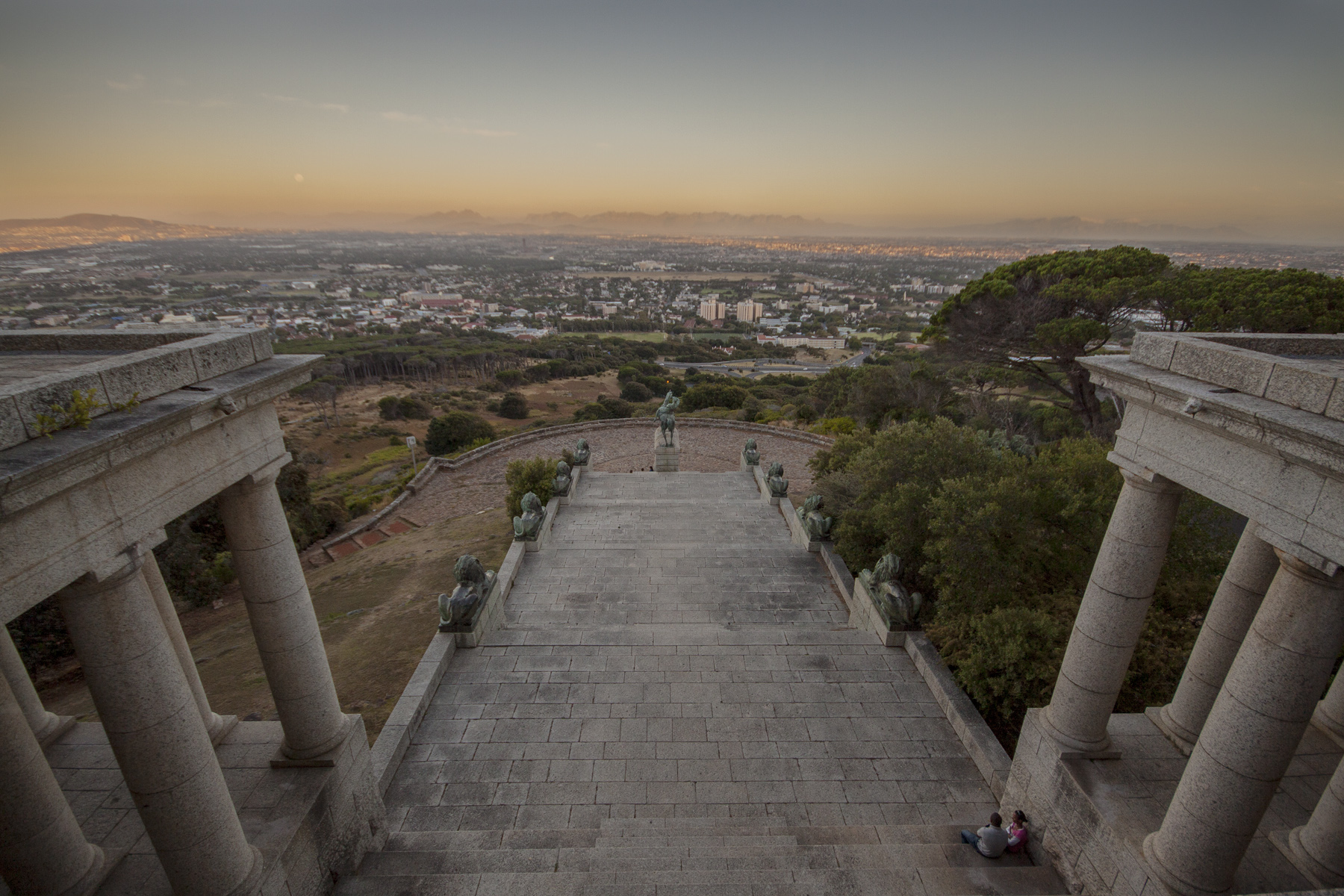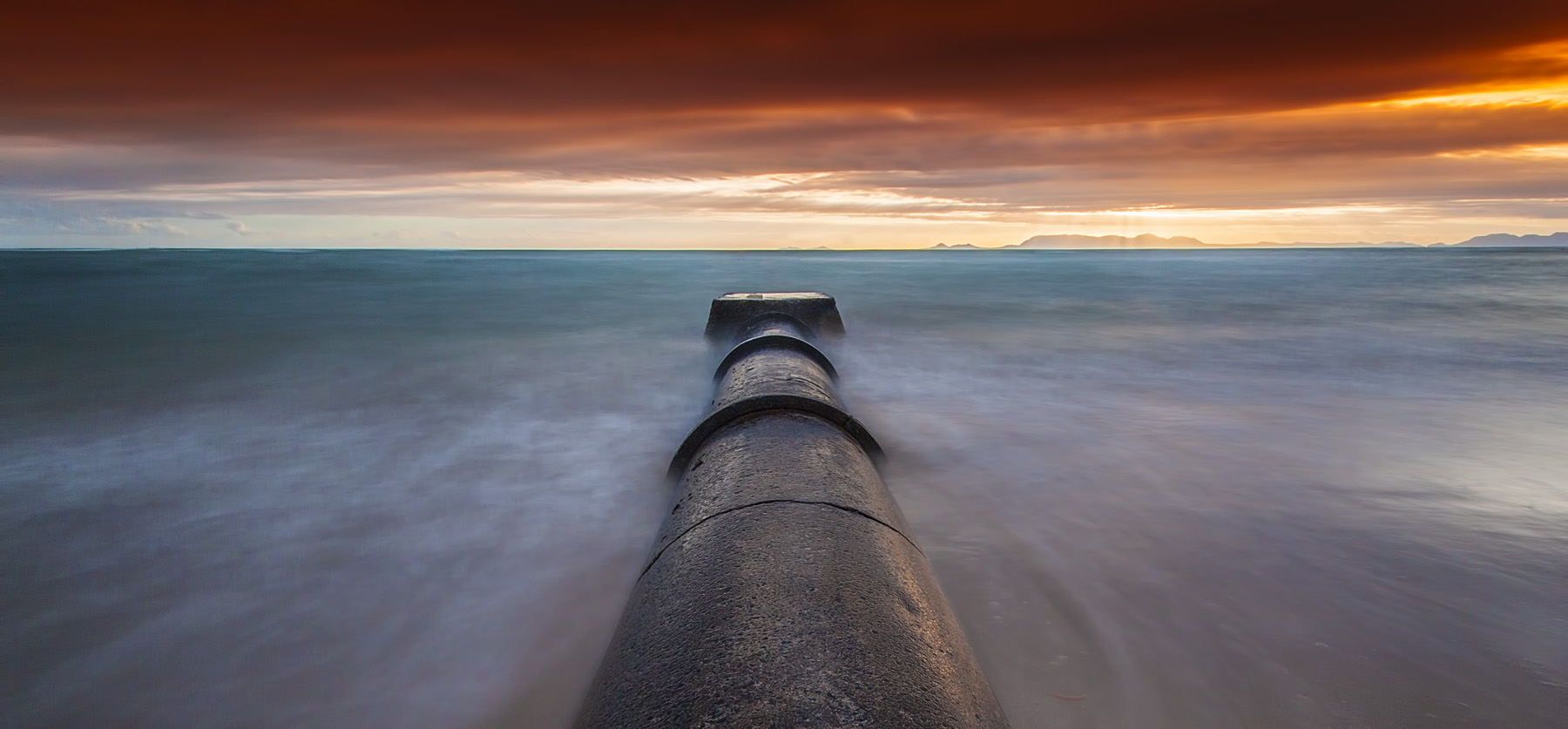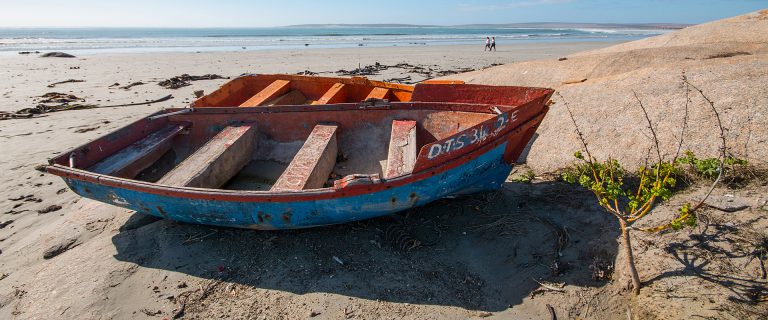Chasing Targets – Rooi Els, Rooisand and Elgin
With my provincial list now requiring me to travel a fair amount in order to see new birds, and petrol being at near all time highs, this past weekend saw Monique and myself set some fairly easy target birds for her list. Having just started listing in February of this year, she still has a wealth of birds to see. I am almost jealous in a sense, as the one more sees the frequency at which you get that adrenaline rush of seeing a new species diminishes. With her provincial list in the 190s, she still has at least 100 species left that should be of relative ease to attain and much to look forward to.

We set ourselves the somewhat easy targets of Ground Woodpecker, Cape Siskin, Cape Rock Thrush, Cape Bunting, Victorin’s Warbler and Sentinel Rock Thrush for Rooi Els and surrounding areas. We made sure to leave early on Sunday and made our way along Clarens Drive towards Rooi Els. The first stop was the car park just after Steenbras River Mouth, a location where Cape Bunting and Cape Rock Thrush is very reliable. While we didn’t see any of the Cape Rock Thrush, we did manage to get some good views of some Cape Bunting moving around the car park.
Rooi Els
Arriving to an empty Rooi Els parking lot, I did some quick scanning over the ocean. Despite it being a sunny day with almost no wind there was still a surprising amount of pelagic activity near the shore, numerous Cape Gannets and a few White Chinned Petrels were visible. Walking down the gravel road, we heard the calls of birds all from up in the mountain, a bouquet of song echoing in the shadowed face.



Suddenly, out of nowhere two Ground Woodpeckers showed up on a rock just to our left. And gave us some truly amazing views. I’d been close to Ground Woodpeckers before, but nothing to the point of me needing to back out a little to make sure I didn’t clip the tail in my photographs. The bird seemed absolutely at peace with the fact that we were just a mere few feet away.
Our next sighting were a couple Siskin, allowing us a short glimpse as they flew between the dead Proteas along the side of the road. Shortly after this we heard the Verreaux Eagles calling, but couldn’t get visuals on the birds — they are sometimes seen flying over the top of the mountain.
On the walk back to the car and at the car park we saw the usual Sunbirds, Sugarbirds, Cape White Eye and some Cape Weavers.

Next up, we headed just a few kilometers further to a small road where Victorin’s Warblers are, or were fairly reliable. However, most of the vegetation that one used to find them in is now burnt and we didn’t hear any calling from the dense bushes on the other side of the road. Continuing to scan the area, we moved up and finally found Monique her Cape Rock Thrush, surprising that it took this long — but we got decent enough views. While in the area, I decided to head down to a small bridge crossing a stagnant patch of water and listen for anything calling. In the back of my mind I was hoping we’d get lucky enough to find a Burchell’s Coucal, a bird that has eluded me for 6 years. Unfortunately there was no such luck and we only got a Rock Martin at this location.
Rooisand
Despite Rooisand being a location that is a lot better in summer, we decided to take a trip past Kleinmond and see what the reserve had to offer. Unfortunately things were surprisingly quiet, even for the season. Some Kitlitz Plovers were present along the shore line with a couple other common waders such as Black-Winged Stilt. The distant calls of a Fish Eagle were probably the most exciting encounter. A couple Pied Kingfishers were present, one only in the extreme distance picked up in the bins.

With Monique still needing Bokmakierie too, we tried to locate one — as they are in the area and I have seen them there before… But again, no luck. For a moment we thought we may have gotten lucky, but when we got closer it turned out to be a couple of Cape Longclaw on the wrong side of the sunlight. The reserve was a far cry from the eruption of activity I received on my last visit about 3 years ago, where I first ticked Banded Martin (and remains my only sighting).
Elgin
On route back home I decided to head through the Grabouw area instead of retracing our drive, so we stopped at Houw Hoek farm stall and grabbed some quick lunch before heading through to Elgin. Monique was really itching to see a Giant Kingfisher and I had good luck with them in the Elgin area before, so I figured we may as well make a short detour. We drove around the small farm roads for a while, along the way encountering two of the ‘Cape Buzzards’. It is easy to see why these mysterious raptors are also known by the name the Elgin Buzzard. The Elgin area has a dense population of them, with the birds known to nest in pine forests.


We slowly crawled down the roads, stopping at each road side dam or pond, scanning for any Kingfishers.
While doing so we came across an African Stonechat on the fence of a local school, along with a couple of Fork-Tailed Drongos making their R2D2 noises.
After about 30 minutes of pond scanning, we turned around and made our way back towards the highway, stopping at one last dam along the way. I stopped, scanned and saw nothing, so proceeded to move.
“Wait, what was that on the tree?”, Monique asked.
“It’s probably just a Fork-Tailed Drongo or something, but back up so I can see please”, she continued.


After her explanation of the location, I was able to get bins on bird and could confirm, to her delight… It was in fact a Giant Kingfisher! Not a rare bird by any means, but one that is often a little difficult to target for a common species. Not only did we manage to get most of our initial targets, but also managed to get what she had considered her first ‘nemesis’ bird, after we had tried several times at reliable locations and failed.







